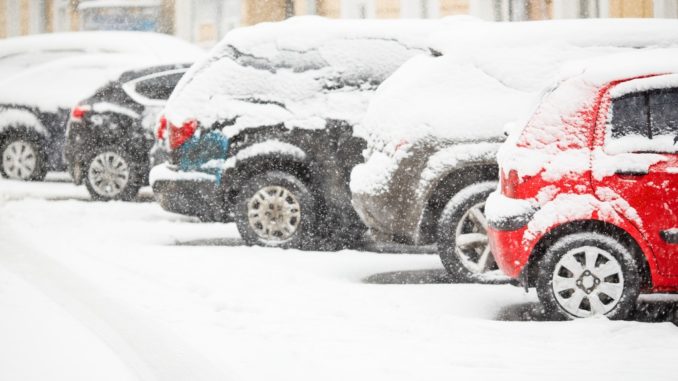
The cold season is right around the corner, and soon you’ll be busting out your jackets and boots, installing snow tires, and double-checking your heating system. But is garage maintenance part of your winter prep checklist? You want to take the time to inspect this room specifically, especially since it houses your vehicle and other tools.
Low temperatures may not be kind to your garage. The frigid air and moisture may invite mildew into the improperly heated space. Also, your car may be bringing in snow, salt, and dirt inside, which may build up over the winter months. Winterizing your garage will ensure that this space is safe from emergency repairs during the cold season and will protect the items inside as well.
The first thing you want to inspect is the garage door.
Garage Door Tune-Up
The garage door moves up and down multiple times a day throughout the year, so it’s the part that’s most prone to wear and tear. Schedule garage door repairs and tune-ups before the winter months. This allows you to spot damage and address them before the first frost bites. You don’t want to go into winter and realize belatedly that your broken garage door has been letting in drafts into your home.
First, watch and listen to the door as it opens and closes. Garage door issues often manifest in scraping sounds or jerky movements. A well-tuned door is relatively quiet and has smooth motions. Check both sides of the boor and make sure that the components – cables, springs, pulleys, hinges, rollers, and others – are symmetrical.
Check the hardware as well. The vibration from the door’s movements may have loosened important parts, like hinges, bolts, and fasteners. These anchor the door to the wall and ceiling and if they’re loose, they may affect the integrity of the entire structure.
Lastly, make sure to weather-seal your garage door properly. This will protect your garage from weather conditions and prevent drafts, water, dirt, and pests from entering. Weatherstripping will also improve the insulation of your garage.
Wall Insulation Inspection
 Good insulation will keep the moisture out and moderate the temperature inside the garage. This is important when you use your garage as a workshop. The insulation will keep you comfortable and prevent your heating bills from soaring. It will also protect the temperature-sensitive equipment and tools inside your garage.
Good insulation will keep the moisture out and moderate the temperature inside the garage. This is important when you use your garage as a workshop. The insulation will keep you comfortable and prevent your heating bills from soaring. It will also protect the temperature-sensitive equipment and tools inside your garage.
For an attached garage, insulate the wall connected to the rest of the house. This ensures that the warmth from the other room won’t escape through the garage. A solid insulation will help you conserve energy and reduce your utility bills.
Make sure the insulation extends over the entire length of the wall. Otherwise, warmth escapes through the uninsulated spaces. Don’t worry about spending in insulation. The Department of Energy says that you can get back the money you spend on insulation in the form of energy cost savings within a few years.
Your heating system goes hand-in-hand with the insulation, so make sure to inspect this as well.
Heating System Assessment
Extend your central HVAC system to your garage by adding ductwork. Extending your central HVAC system is the most efficient long-term heating solution as long as your furnace has the capacity to serve the garage. Have a professional technician assess your HVAC system first to see if it can handle the extra load. If not, you can use a portable or direct-vent space heater in your garage during the winter months.
The extra step of winterizing your garage may seem like an unnecessary burden, but it’s well worth the effort. This will help your household save money during the cold season, especially at a time when heating bills spike.
